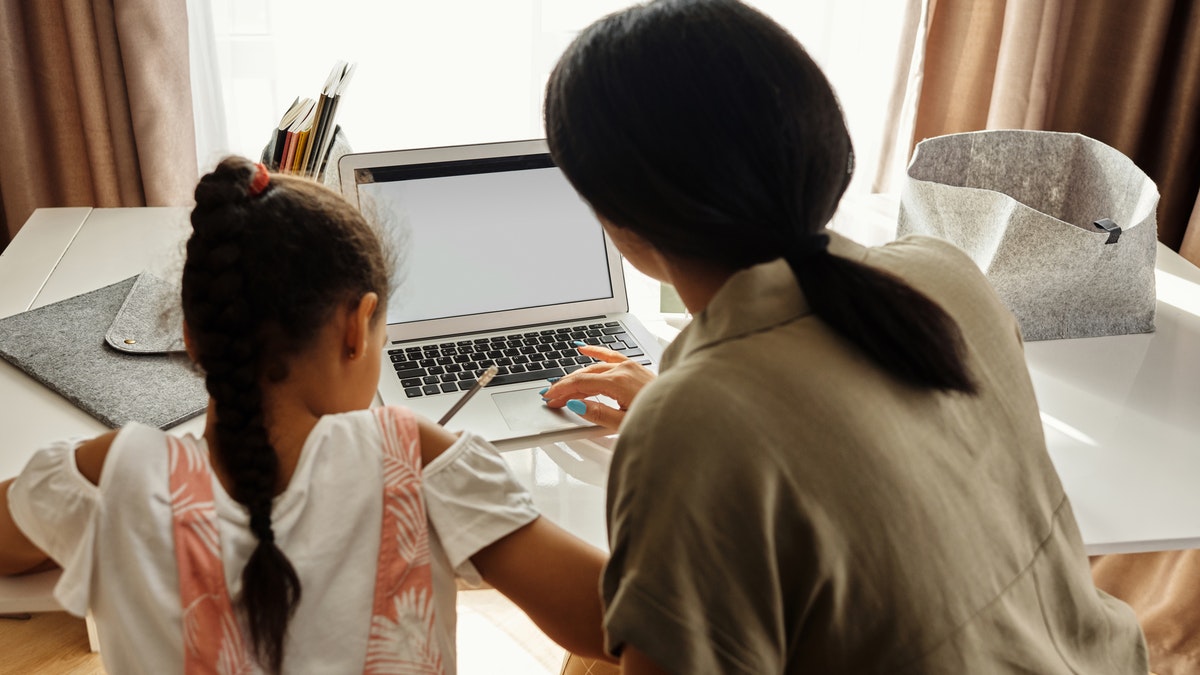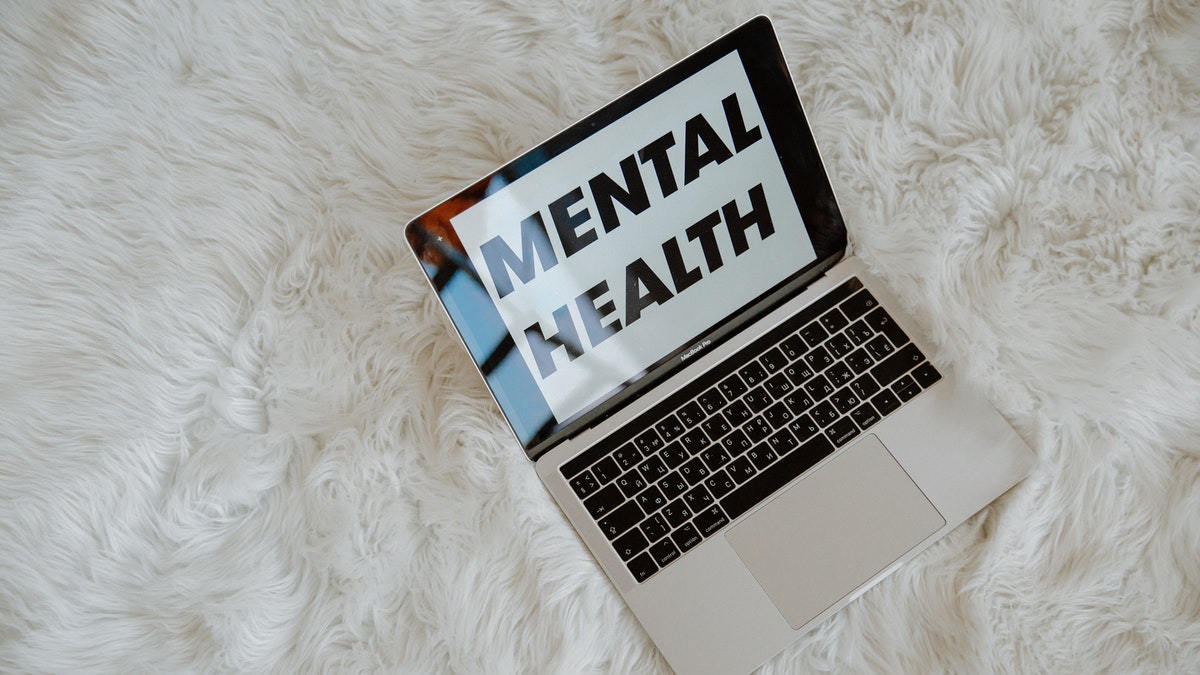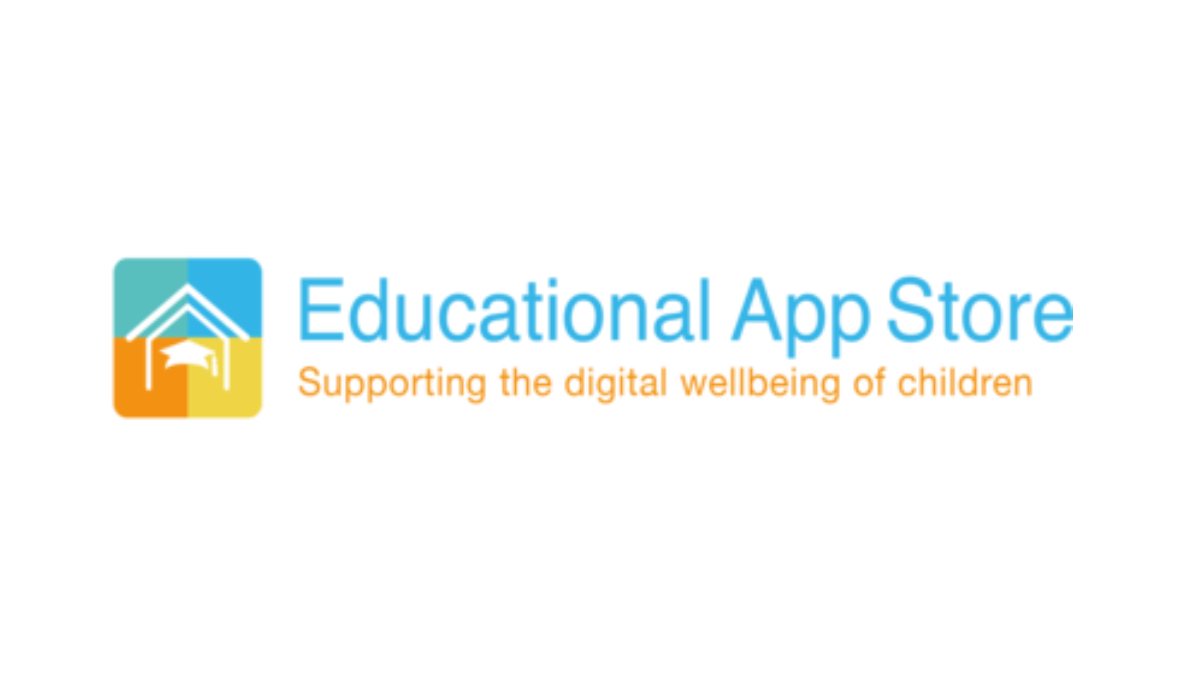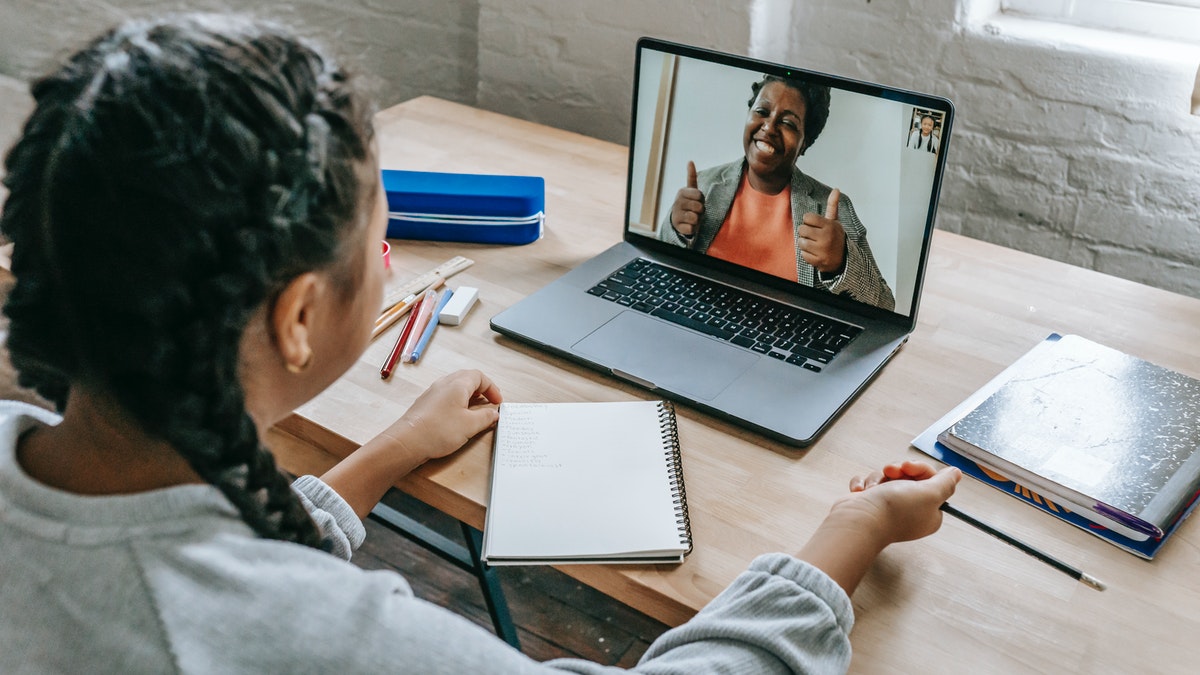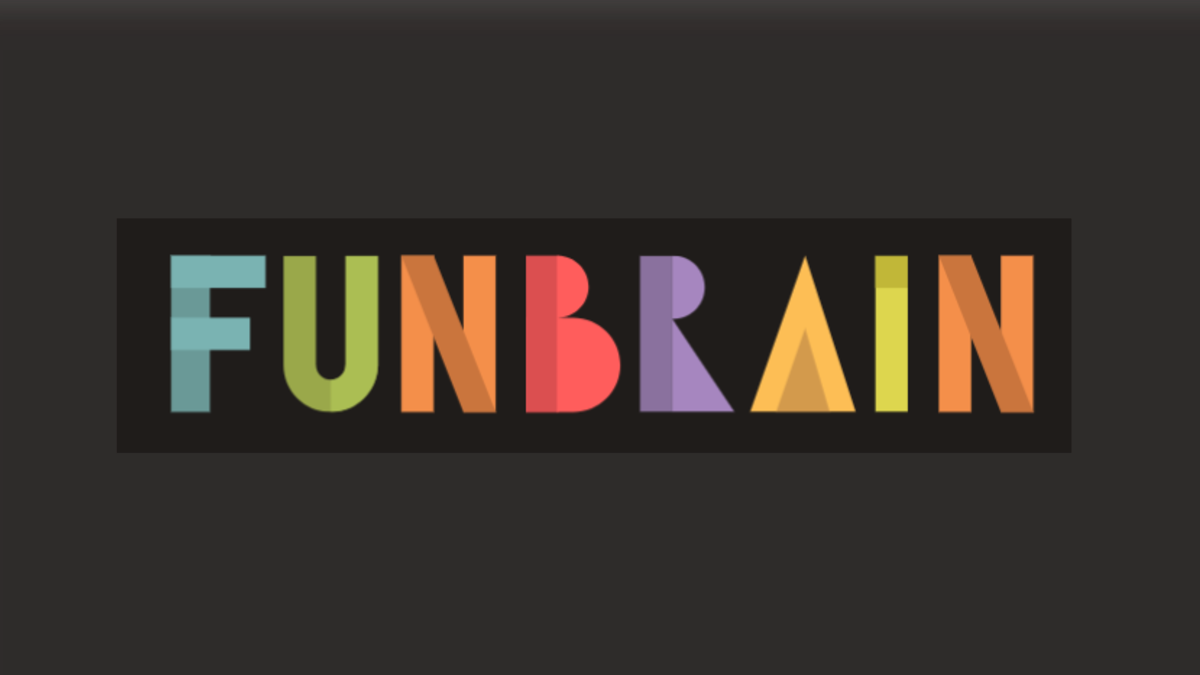Coming back to school is always a change after the summer and even more so after distance learning. Lisa Jo Rudy in Verywellhealth.com suggests “If you can approach the school year with relative low anxiety, provide meaningful preparation and support, and keep your expectations flexible, your child will follow suit.”
How can you support your learner during this transitional time?
- Having a routine in place for before and after school often helps the learner know what to expect and helps the day flow more smoothly.
- It is often helpful to set up your routine so the learner can see it visually. Some like to use a whiteboard where they can check off completed items; Others might use a printed list displayed in a place easily seen by all. If your learner uses a phone they can also set up a schedule using a calendar or to-do list app. Lisa Jo Rudy in verywellhealth.com suggests: Visual schedules can be very simple blocks of color or complex calendars, depending on your child’s age, abilities, and needs.
- Getting ready the night before can also help ease the morning rush. The learner can set out their clothes and any needed items for the next day. You may also want to have any snacks or lunches prepared the night before to reduce the morning rush.
- It often helps to have a place for their backpack and materials near the door so they won’t forget them on the way out the door.
- Make sure they have their water and snacks or lunches that they may be bringing from home.
- When getting home it also helps to have a routine which might include snack time, down time and time to work on their free choice reading, projects or school activities.
- Remember it always takes us time to adjust to a change in routine. Take some time to “Sharpen the Saw” and enjoy time with your learner and family.
Source: https://www.verywellhealth.com/help-your-child-with-autism-return-to-school-after-covid-19-pandemic-5194138


